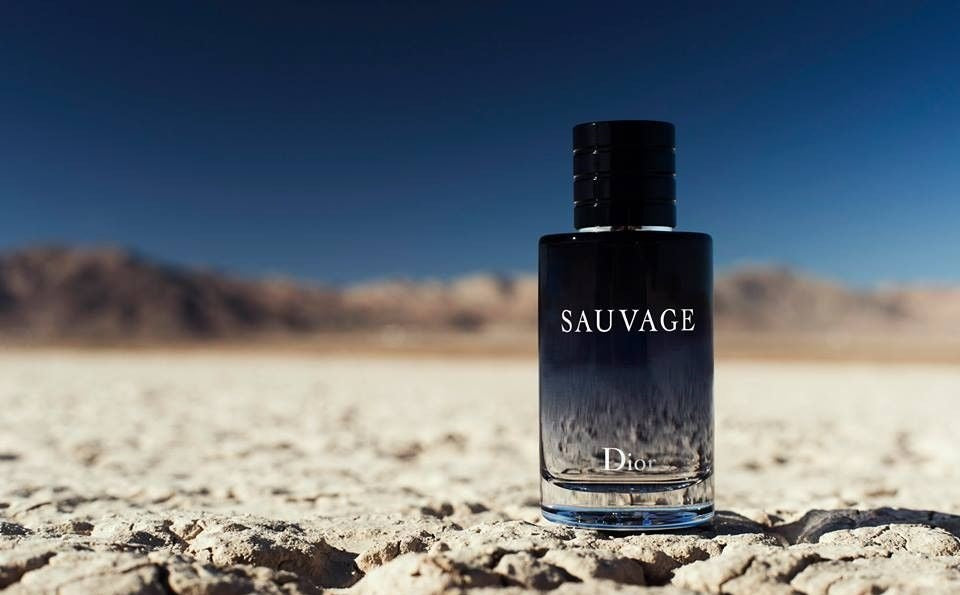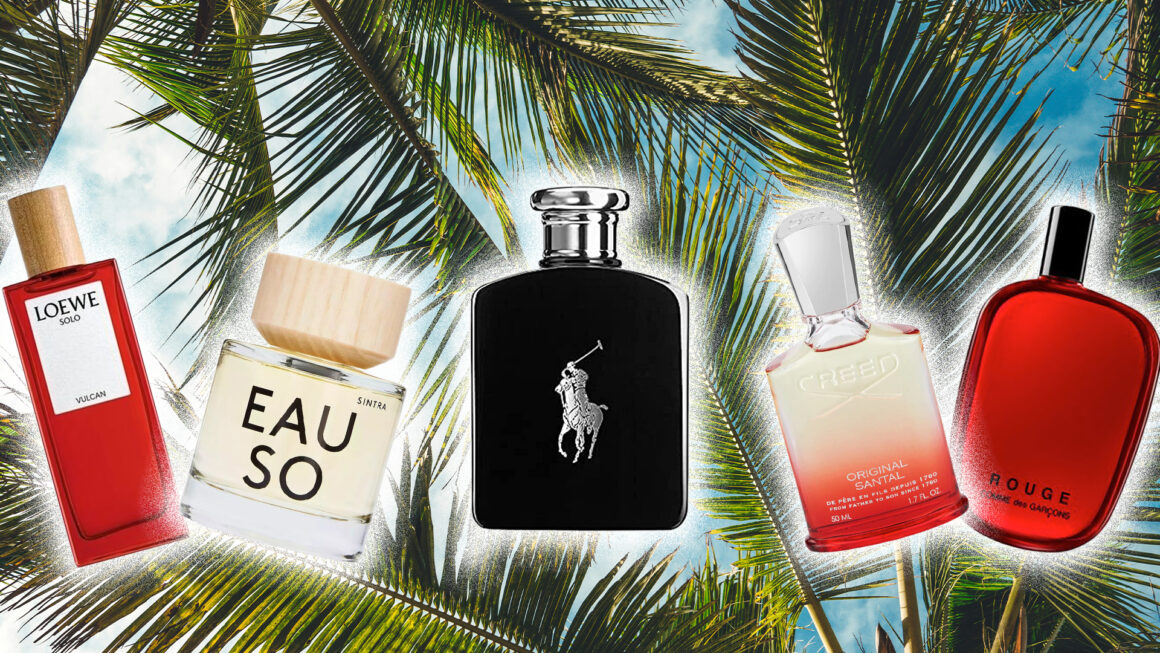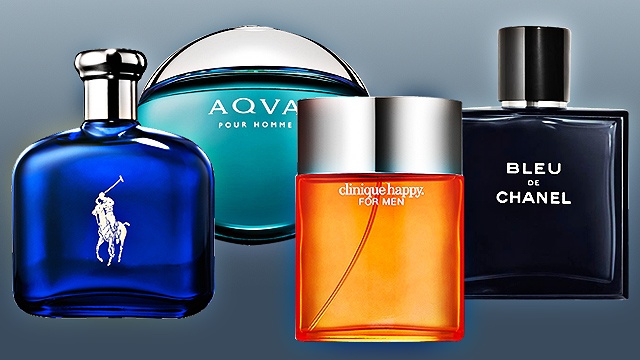Trending Perfumes You Need to Attempt This Year
From Timeless to Modern: A Journey With the Evolution of Perfumes and Fragrance Trends
As we stand at the threshold of perfumery's abundant background, the trip from traditional to modern-day fragrances beckons us to witness the intricate tapestry of scents woven with time. The evolution of fragrances and scent trends mirrors the ever-changing landscape of societal norms, artistic activities, and technical improvements. From the old origins of perfumery to the sophisticated advancements of today, each age has left its unique mark on the olfactory world. Join us as we start a fascinating voyage through the worlds of fragrance, exploring how the previous remains to shape the aromatic present and future.
Historic Roots of Perfumery
The historical roots of perfumery can be mapped back to ancient human beings such as Egypt, Mesopotamia, and China, where fragrant oils and scent were used for spiritual events, routines, and personal accessory. In old Egypt, perfumes held significant social and religious value, with fragrances like frankincense, cedarwood, and myrrh being commonly used. The Egyptians additionally created sophisticated strategies for drawing out necessary oils from blossoms and plants, laying the foundation for modern perfumery.
Likewise, Mesopotamians utilized perfumes in religious events dedicated to their deities. The renowned Epic of Gilgamesh, among the earliest enduring works of literature, even mentions the significance of perfumery. In China, fragrant materials were utilized in various types, consisting of incense, sachets, and in showering rituals. The Chinese additionally developed ingenious techniques for mixing scents, which later influenced perfumery practices in other parts of the world.
These old human beings not only appreciated the enjoyable scents yet additionally identified the spiritual and symbolic value of perfumes, leading the means for the evolution of perfumery with the ages.

Development of Classic Fragrances
Having developed a rich historic structure rooted in ancient civilizations, the advancement of classic fragrances showcases the enduring influence and technology that have specified perfumery in time. Classic scents, such as Chanel No. 5, Shalimar by Guerlain, and Delight by Jean Patou, have stood the examination of time by exciting generations with their timeless fragrances. These renowned scents typically feature a harmonious blend of leading, center, and base notes, developing complicated olfactory experiences that evoke fond memories and elegance.
The development of timeless fragrances is noted by a balance between custom and modernity. While these timeless fragrances keep their initial essence, perfumers continuously adapt to transforming choices by including contemporary spins. Timeless fragrances have actually inspired many modern productions, working as a foundation for the growth of brand-new scent profiles and combinations.
In today's market, traditional scents continue to be prominent among consumers that value the beauty and refinement connected with these famous aromas. As perfumery remains to progress, timeless scents work as a reminder of the withstanding elegance and virtuosity that define the globe of perfumes.

Impact of Modern Innovations
A significant shift in the scent industry has been thrust by the assimilation of contemporary innovations, improving the landscape of perfumery with cutting-edge methods and ingredients. Innovations in biotechnology have enabled the production of synthetic variations of natural fragrances, offering perfumers with a wider variety of options to deal with. Molecular distillation strategies have allowed the extraction of purer and more focused essences, bring about the advancement of longer-lasting scents.
In addition, the usage of expert system and machine discovering formulas has actually changed the procedure of scent development by evaluating customer choices and market trends to anticipate the next prominent scent notes. This data-driven approach has actually helped perfumers customize their productions to meet the progressing needs of the market. Furthermore, lasting techniques have ended up being a vital focus in modern perfumery, with a growing focus on green sourcing, production, and packaging. By integrating these contemporary advancements, perfumers are not just pushing the limits of imagination yet also lining up with the values of today's conscious consumers.
Shifting Trends in Fragrance Market
In the middle of the dynamic landscape of the scent sector, discernible changes in consumer preferences and market characteristics are forming the trajectory of perfumery trends. One notable trend is the climbing need for sustainable and eco-friendly fragrances. Consumers are ending up being a lot more ecologically mindful, causing a choice for fragrances made from natural ingredients and sustainable manufacturing techniques.
Moreover, there is a growing rate of official statement interest in unisex and gender-neutral scents as standard gender standards proceed to blur. Brands are significantly concentrating on creating scents that interest a diverse array of identities and choices, reflecting the evolving societal mindsets in the direction of sex and go to my blog uniqueness.
In terms of scent profiles, tidy and fresh fragrances are obtaining appeal, mirroring the modern preference for minimalism and simplicity. On the other hand, complicated and unique fragrances influenced by various cultures and areas are also making a mark in the industry, catering to customers seeking immersive and distinct olfactory experiences.
Discovering Olfactory Experiences Today
In the world of modern perfumery, the expedition of olfactory experiences today looks into a diverse tapestry of fragrances that astound the senses with advancement and artistry. Modern perfumers are pushing borders by incorporating unique notes and special combinations to create olfactory work of arts that attract a variety of preferences.
One prominent pattern in existing olfactory experiences is the surge of niche fragrances. These specialized scents cater to individuals seeking unique and special perfumes that establish them besides traditional offerings. Niche perfumes commonly concentrate on top notch ingredients and craftsmanship, offering wearers with a sense of high-end and uniqueness.
Moreover, sustainability and eco-consciousness have actually ended up being important to contemporary olfactory experiences. Fragrance houses are significantly prioritizing eco-friendly techniques, from sourcing active ingredients morally go to my site to making use of recyclable product packaging - perfumes. Customers are attracted to fragrances that not only odor splendid yet likewise line up with their values of sustainability and duty
Conclusion

As we stand at the limit of perfumery's rich background, the journey from timeless to modern fragrances bids us to witness the intricate tapestry of aromas woven through time. Traditional scents, such as Chanel No (perfumes). 5, Shalimar by Guerlain, and Joy by Jean Patou, have actually stood the test of time by exciting generations with their timeless scents. Traditional fragrances have actually inspired many modern-day creations, serving as a structure for the development of new scent profiles and mixes
In addition, the use of artificial knowledge and device discovering algorithms has changed the procedure of scent creation by analyzing consumer preferences and market fads to forecast the next preferred fragrance notes. As patterns shift and new fragrances arise, the journey through the evolution of perfumes offers a glance right into the dynamic nature of the fragrance market and the enduring appeal of scent exploration.